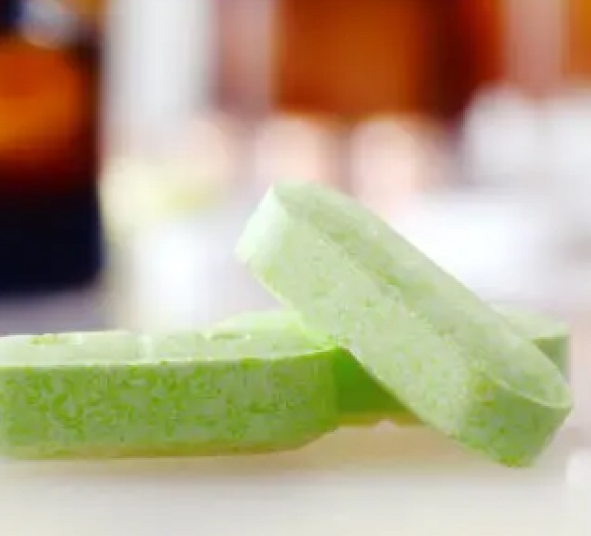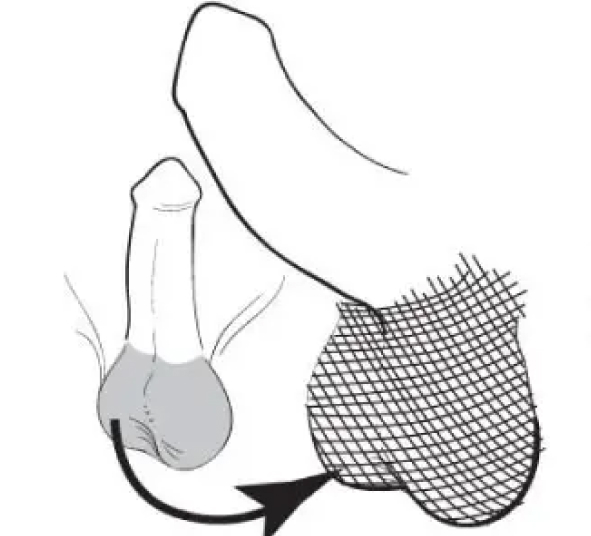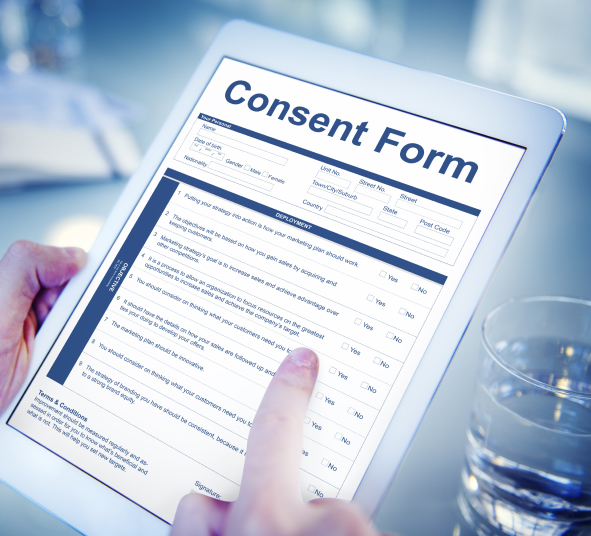Vasectomy Procedure
Explained
Making a decision to have a vasectomy can be a daunting experience but you
need not worry. Most men tolerate the procedure very well and recover quickly.
The following explains what to expect on the day of your vasectomy procedure:
1. Pre-Vasectomy Consultation
Before your vasectomy procedure, Dr Cashion will conduct a consultation to:
- Confirm your decision to have a vasectomy causing permanent sterilisation
- Go through your medical history and confirm you are not on any medication such aspirin or warfarin that would require postponement of the procedure
- Review the consent form here to make sure you understand the risks and potential complications of having a vasectomy
- Conduct a brief examination to confirm he can feel the vas deferens
IF YOU WOULD LIKE A FREE PHONE CONSULTATION WITH DR CASHION BEFORE YOU BOOK YOUR VASECTOMY, PLEASE CONTACT THE CENTRE
2. The Vasectomy Procedure
After your consultation you will be take through to the procedure room where you will meet the nurse who is assisting Dr Cashion.
You will be asked to take off your pants and underwear and make yourself comfortable on the bed with a sheet over you while we do final preparations for your vasectomy procedure.
You will then be cleaned with a preparation called betadine which is used to reduce the chance of infection.
You will then be given a small needle with some local anaesthetic to numb the skin of the scrotum. Most men barely notice this injection. An incision will be then made in the front of the scrotum.
Further local anaesthetic is then injected into each side of the scrotum around each vas deferens. This can feel a little uncomfortable for a couple of seconds.
The left vas deferens is then removed from the scrotum and its outer lying tissue removed. We then use a hyfrecator to cut the vas in half and block off the end closest to the penis (prostatic end). A tissue layer is then place between the prostatic end of the vas and the end closest to the testicle (testicular end) to try to prevent the ends getting back together. This is referred to as fascial interposition.
The testicular end is then cut with scissors to leave it open and the end is returned back into the scrotum.
We then repeat this process on the right vas.
The small wound on the front of the scrotum is then closed with some steri-strips and you are free to go.
You will receive post-operative instructions, including Dr Cashion’s contact details should you have any issues, and a pathology request form for a post-vasectomy semen analysis.
TO BOOK YOUR VASECTOMY APPOINTMENT CALL 1800 SNIPME (1800 764 763), BOOK ONLINE, OR SCHEDULE YOUR FREE PHONE CONSULTATION WITH DR CASHION
Preparing For Your Vasectomy
Cease any blood thinning medication at least 7 days prior your procedure. You may wish to discuss this with your GP or specialist. If you are unsure please call 1800 SNIPME (1800 764 763) or email info@vasectomyaustralia.com.au.


On the morning of your procedure, please shave your scrotum with a razor as per the picture on the left.
Make sure you have some time off work planned if you have a physical job, or you have arranged light duties with no heavy lifting (any lifting that involves straining) for 7 days after your procedure.


You will be asked to read and sign our electronic consent form in advance of your procedure, which will be sent to you via SMS to your mobile phone 3 days before your scheduled procedure.
Pricing
The cost of vasectomy with Vasectomy Australia is based on the recommended Fee by the Australian Medical Association (AMA):
| Vasectomy Fee | $795 |
| Less Medicare Rebate | $228 |
| Out of Pocket Cost | $567 |
A $100 deposit secures your booking, with the $695 balance due on procedure day. We’ll submit your Medicare claim post-procedure, and your $228 rebate will be in your bank account within 1-2 days—see our cancellation policy for details.
Click on the link to learn more about our Cancellation Policy.

Frequently Asked Questions
What is a vasectomy?
A vasectomy is a simple procedure where the vas deferens (vas) the is cut to cause sterilisation in a male. The vas is a tube that carries sperm from the testicles where it is made to the penis. On the way sperm is joined by semen so your ejaculate contains both sperm and semen. Sperm makes up a very small percentage (less than 5%). Because we are only stopping sperm being made most men will not notice any change in the volume of their ejaculate after a vasectomy.
How long does the procedure take?
A vasectomy takes between 15-20 minutes, depending on the procedure.
What are the types of vasectomy?
There are two ways to categorise a vasectomy procedure.
Traditional or No-Scalpel
The traditional way to perform a vasectomy uses a scalpel to make an incision on each side of the scrotum, giving access to the vas.
The no-scalpel technique only involves one access hole via blunt dissection to access the vas from both sides. The no-scalper method has less chance of complications like bruising and bleeding and offers a quicker recovery time.
Open-ended or Close-ended
Open-ended vasectomy leaves the vas attached to the testis open to allow sperm release into the scrotum. The open-ended method reduces congestion and pressure, using a kinked hose on a running tap as a metaphor.
Close-ended vasectomy clamps the testicular end of the vas with a clip or suture.
Can I drive home after my vasectomy?
Yes, it is safe to drive home after a vasectomy.
Can I have my procedure done under sedation or a general anaesthetic?
We only offer local anaesthetic for our vasectomy procedure. A Urologist can give a referral if you prefer sedation or general anaesthetic options.
Can I get my vasectomy reversed?
Yes, you can reverse a vasectomy; however, the process is costly and not covered by medicare. If you ask this question, you may need more time before deciding on permanent contraception via vasectomy.
What are the risks of having a vasectomy?
All surgical procedures have some sort of risk, yet we do all we can to reduce the rate of complications. We believe our patients should be aware of all risks, and we have outlined potential complications in your consent form.
After a vasectomy, there are some symptoms which include:
- Bruising in the days following your vasectomy, but it should fade after a week or so.
- Mild pain and swelling that should settle within a few days post vasectomy.
Less common complications include:
Scrotal haematoma – A large bruise within the scrotum.
*The chances of scrotal haematoma can be significantly reduced by following recovery instructions regarding lifting heavy objects in the days following the vasectomy. If your job requires manual handling, we suggest taking time off work or performing light duties only.
Infection – We adhere to strict infection control protocols to reduce infection chances. If an infection occurs, they are often mild and can be treated with oral antibiotics.
Post-Vasectomy Pain Syndrome (PVPS) – PVPS is a complication that can arise any time post-vasectomy and with no agreed cause. Pain often reduces naturally, but in rare cases, a specialist may need to perform additional surgery or a vasectomy reversal to resolve PVPS, which is not always successful.
How and when do I know the procedure worked?
A vasectomy procedure does not mean sterilisation. You must consider yourself fertile until you are informed the vasectomy was a success and a semen analysis is performed. The semen analysis is performed approximately three months post-vasectomy to ensure all residual semen has cleared and your ‘pipes are clean.’
When I can go back to work?
It depends on if your job involves heavy lifting. If not, you can return immediately; however, if it does, you may need to take some time off or request light duties for the first week. A medical certificate can be written if required.
When can I start having sex again?
Generally, you can resume sexual activity after a week, but you must consider yourself fertile until notified otherwise.
Do I need a GP referral?
A GP referral is not necessary.
How many days does it take to recover?
Some men recover quite quickly from vasectomy while others may take up to 2 weeks. The average time to feeling back to normal is about 7 days.
Do you do the “laser” vasectomy?
Technically, “Laser” vasectomy does not exist. Some Vasectomists use a hyfrecator to cut the vas, which may confuse people; however, it is not “laser vasectomy.
Can I use my private health insurance for my vasectomy?
To answer this question there is some good news and bad news.
The bad news: you won’t be able to use your private health insurance when you have a vasectomy with us.
That’s because we do our vasectomies in medical centres rather than in a private hospital. Private health insurance is only of benefit when you have your procedure performed in a hospital or day surgery by a urologist.
So what’s the good news?
The good news is that it will almost certainly work out more affordable to have your procedure with Vasectomy Australia.
This is because of a few reasons:
- Private Health usually requires you pay an excess. This excess might be $500 or even up to $1000. A vasectomy with us is only $573 out of pocket.
- Your urologist will almost certainly have a gap on their fee. This will vary but again could range from a few hundred dollars to over $1000.
- Nearly all surgeons will want you to be asleep when you have your vasectomy. This means an anaesthetic fee and – you guessed it – a gap fee.
Once you add up these 3 fees you may end up being $2000 or more out of pocket. With insurance!
When you choose Vasectomy Australia you know exactly what your fee will be – $573 out of pocket. No if, ands or maybes. No “it depends on your health fund”. No “you will have to check with the anaesthetist”.
Just one fee so you can know exactly what you will pay and can plan for this. Privately insured or not, you will be getting your procedure with one of Australia’s top vasectomists at an affordable price.